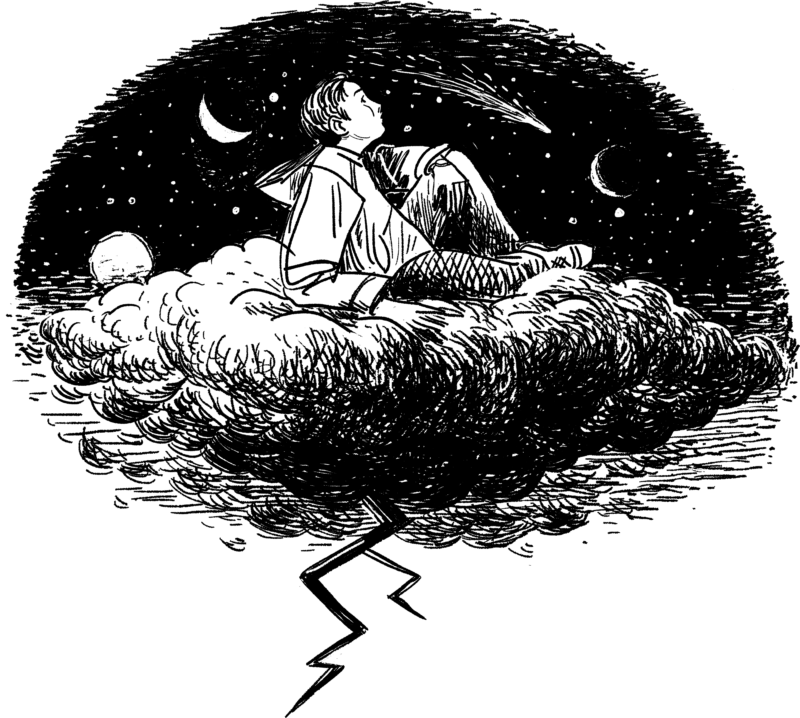Waiting around for the sky to do something is a bit like waiting for romance. You can understand the conditions, you can try to position yourself just so, you can consult an app. But when the moment comes, no amount of pressure, logic, or beseeching can force the clouds to part. Or to come together.
Walter De Maria’s The Lightning Field is a piece of land art in western New Mexico whose very name seems to be an exhortation to stand still and wait for something to strike. Completed in 1977, the installation comprises four hundred stainless steel poles with pointed tips arranged in a grid one mile long by one kilometer, toothpicks glinting on a flat and isolated semiarid stretch. The few publicly available photos of The Lightning Field promote the myth of its promise: an expanse of rods that reach up and draw down electricity from the sky.
But as a guide to the work notes, “the sum of the facts does not constitute the work or determine its aesthetics.” Fair enough. Still, a few more facts, particularly about how to see the work, are illuminating: Only six people can view the work per overnight session, and only during the visiting season, which runs from May to October. And one does not simply walk into a field of poles: The address is not made public and no signs lead the way. Visitors must be taken by a staff member of the Dia Art Foundation, which commissioned and maintains the work, from the pickup spot, a three-hour drive from the nearest major airport, in Albuquerque. During the high season, in July and August, the required overnight stay in the cabin that abuts the field costs $250 a person ($150 in the low season [1]). There is no wi-fi, no cell service, and no way to leave until your time is up.
It seems at once risky, pretentious, and incredibly boring: drop a couple hundred dollars for the chance to see lightning strike one of a few hundred steel poles left by a dead artist in the American Southwest. Yet passing twenty-four hours in which there’s no task other than to stare rapt at one piece of art hones time and awareness to a spear-like point.
The Lightning Field, viewers realize over the course of the day, is a work that comes alive not with lightning...
You have reached your article limit
Sign up for a digital subscription and continue reading all new issues, plus our entire archives, for just $1.50/month.
Already a subscriber? Sign in





